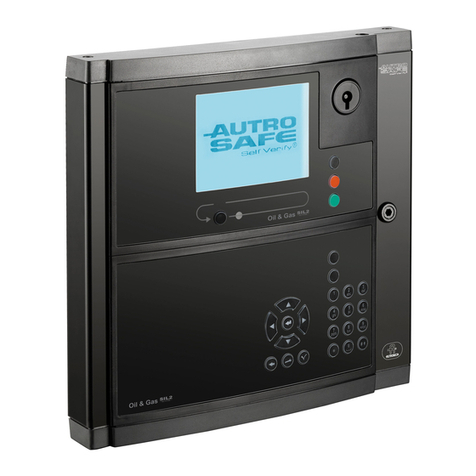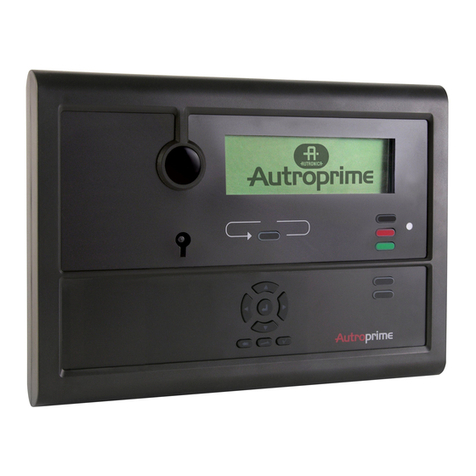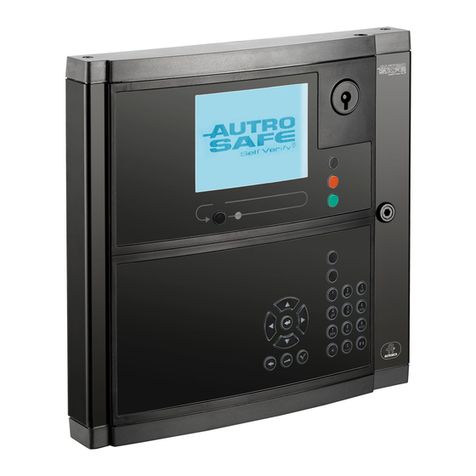BSD-340-user-guide-eng, Doc. 1004474-2, 2020-09-18,
Autronica Fire and Security AS
Page 1
Table of Contents
1. Preface........................................................................................................................................... 3
1.1 PRODUCT WARNINGS......................................................................................................... 3
1.2 WARRANTY DISCLAIMERS................................................................................................... 3
1.3 Target audience .................................................................................................................. 4
1.4 Changes............................................................................................................................... 4
1.4.1 Stored loop topology................................................................................................ 4
1.4.2 New fault message: “Memory fault”........................................................................ 4
1.4.3 Other changes........................................................................................................... 4
1.5 Safety .................................................................................................................................. 5
1.6 Compatibility....................................................................................................................... 5
1.6.1 AutroSafe IFG............................................................................................................ 5
1.6.2 Loop units ................................................................................................................. 5
1.7 Tools.................................................................................................................................... 5
2. PowerLoop –how it works............................................................................................................ 6
2.1 Powerloops versus normal detector loops......................................................................... 6
2.2 PowerLoop.......................................................................................................................... 6
2.2.1 Electric properties..................................................................................................... 6
2.2.2 Software handling..................................................................................................... 6
2.2.3 Loop wiring ............................................................................................................... 7
2.3 Loop handling...................................................................................................................... 7
2.3.1 Reporting topology to AutroSafe.............................................................................. 7
2.3.2 Loop handling / RESET .............................................................................................. 7
2.3.3 Loop Polling .............................................................................................................. 8
2.4 Crosstalk.............................................................................................................................. 8
2.4.1 Possible crosstalk issues ........................................................................................... 8
2.4.2 Crosstalk countermeasures ...................................................................................... 9
2.5 Duplicate messages........................................................................................................... 10
3. Upgrading BSD-340 PowerLoop Drivers...................................................................................... 10
3.1 Before you start ................................................................................................................ 10
3.2 Label the BSD-340 board to identify the SW version ....................................................... 11
3.3 Connect PC to loop driver................................................................................................. 11
3.4 Start IFG Service tool and connect to loop driver............................................................. 11
3.5 Disable loop ...................................................................................................................... 12
3.6 Download software to BSD-340........................................................................................ 12
3.7 Raise loop and store topology in loop driver.................................................................... 13
4. Service operations....................................................................................................................... 14
4.1 Delete and save topology ................................................................................................. 14
4.1.1 Delete topology ...................................................................................................... 14






























